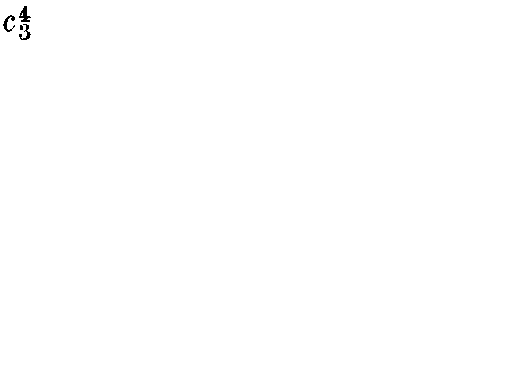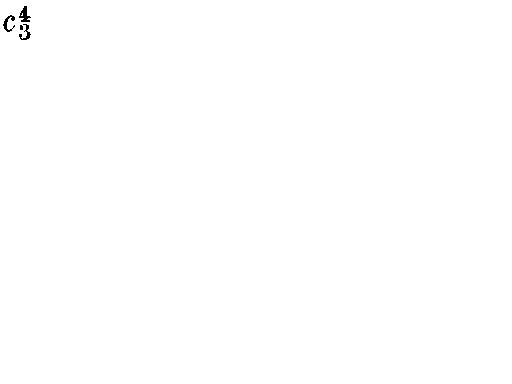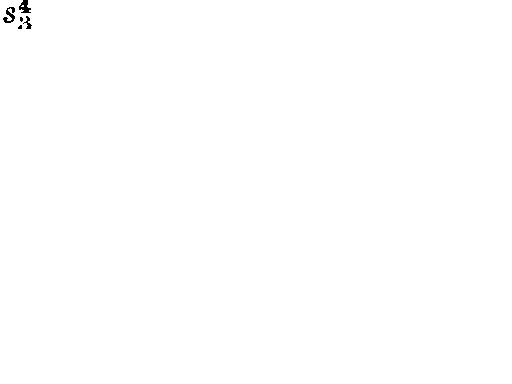Article contents
A “Cubical” Universe
Published online by Cambridge University Press: 20 January 2009
Extract
Einstein has studied a universe in which the time coordinate t is uncurved and the spatial section is the surface of a sphere

in four dimensions. Some interest attaches to the case where this surface is replaced by

where n is a positive integer.
- Type
- Research Article
- Information
- Proceedings of the Edinburgh Mathematical Society , Volume 2 , Issue 3 , January 1931 , pp. 158 - 163
- Copyright
- Copyright © Edinburgh Mathematical Society 1931
References
page 158 note 1 Eddington, , Mathematical Theory of Relativity (1924), §67.Google Scholar
page 158 note 2 Such approximations have been discussed in a recent communication to the Society by Professor J. E. A. Steggall.Google Scholar
page 159 note 1 Eddington, , op. cit., §65.Google Scholar
page 159 note 2 When n is large our space is almost “flat” except at the corners, so that it cannot take account of λ which would require a non-zero curvature everywhere. See § 5 below.Google Scholar
page 160 note 1 Since, for example, the difference between  and
and  is appreciable only when this term is small compared with
is appreciable only when this term is small compared with  or
or  and vice versa. The error is of order
and vice versa. The error is of order  .Google Scholar
.Google Scholar
page 162 note 1 These results are for a “spherical” space in which the curvature is due entirely to the matter present, Einstein's cosmical constant being neglected.Google Scholar
- 2
- Cited by


